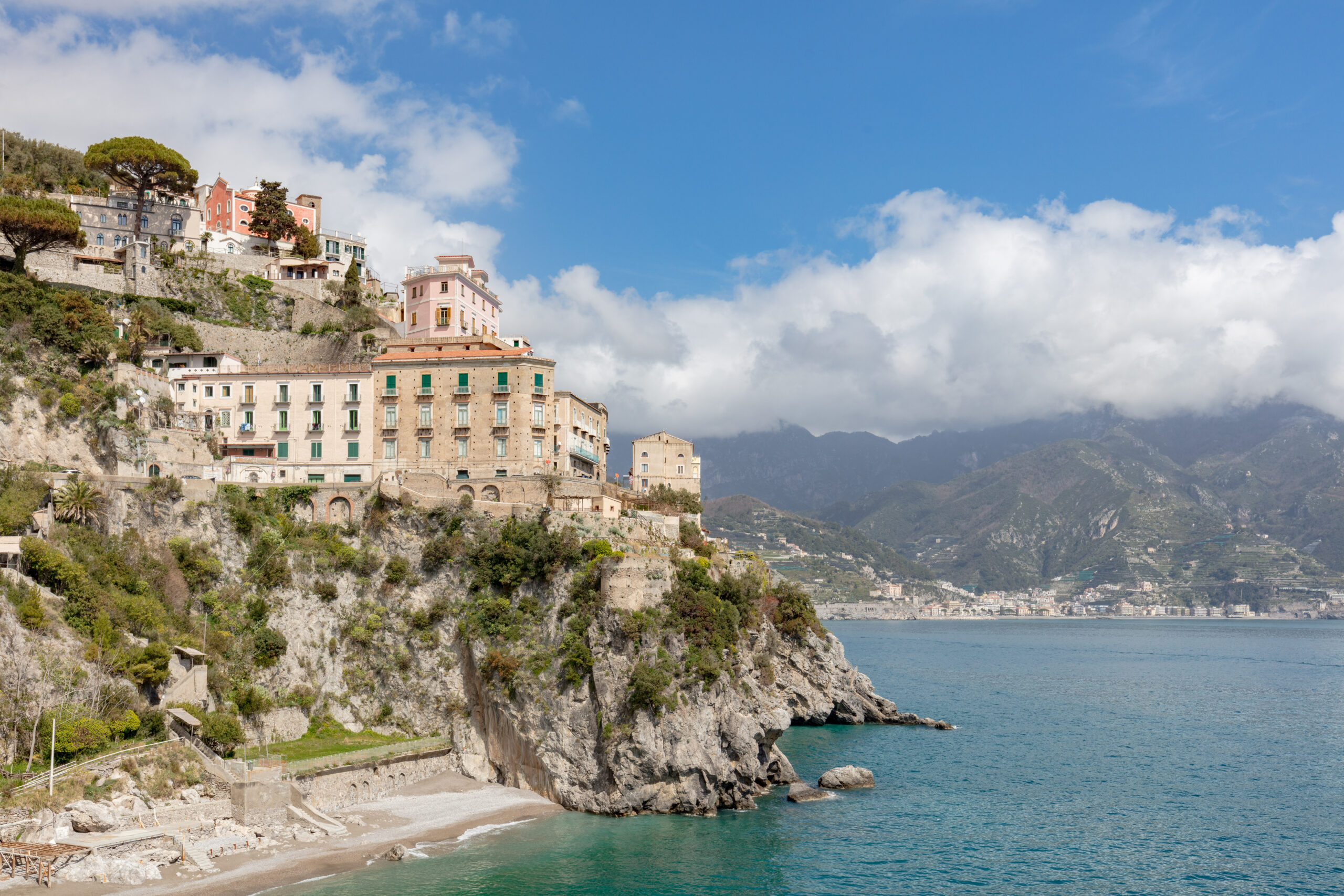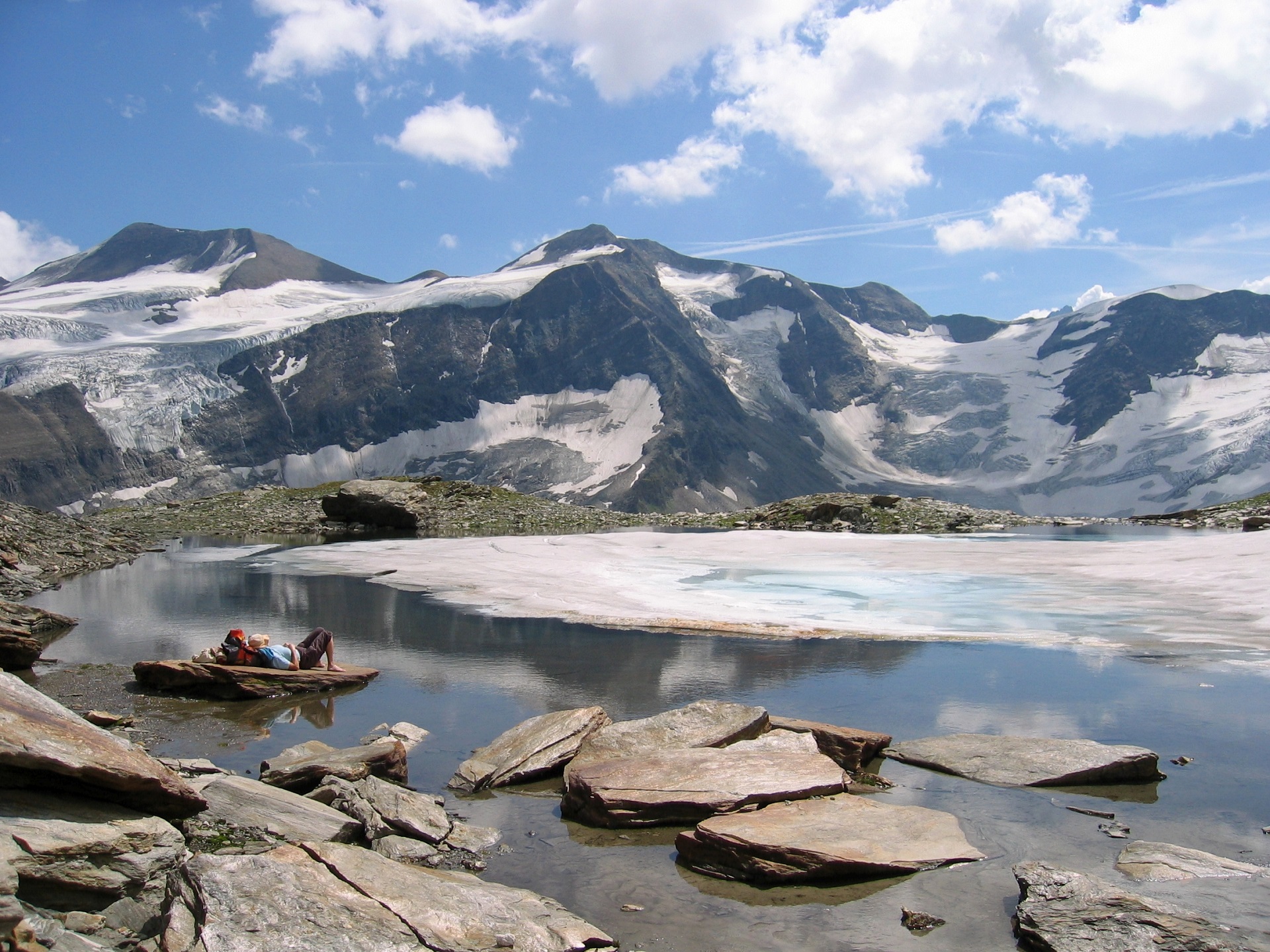Europe, with its storied past, grandiose cities, and stunning landscapes, has long been a beacon for travelers worldwide. However, while landmarks like the Eiffel Tower, Colosseum, and Buckingham Palace are deservedly celebrated, they often overshadow the continent’s hidden gems. Nestled away from the hustle and bustle of the more popular tourist hubs are quaint villages, each exuding its unique charm and offering an unfiltered taste of authentic European life. Let’s embark on a journey off the beaten path and discover the magic of these lesser-known European hamlets.
1. Hallstatt, Austria
Overlooking the placid waters of the Hallstätter See and cradled between the Dachstein Alps, Hallstatt is nothing short of a fairy tale come to life. This Austrian village, with its wooden chalets adorned with colorful blooms and cobbled pathways leading to centuries-old salt mines, is a delightful blend of history and natural beauty. Despite its relatively small size, Hallstatt offers an array of experiences, from boat rides on the serene lake to treks that unveil panoramic views of the stunning alpine scenery.
2. Rupit i Pruit, Catalonia, Spain
Venturing into the heart of Catalonia, one comes across Rupit i Pruit, a village seemingly frozen in time. Its medieval streets, rustic stone houses, and the iconic hanging wooden bridge make for an evocative journey into Spain’s history. The nearby Rupit River and the Collsacabra mountain range offer opportunities for nature lovers to explore the pristine Iberian landscapes. Local artisanal shops and traditional Catalan eateries add to the village’s allure, promising an authentic cultural immersion.
3. Monsanto, Portugal
Perched atop a hill and characterized by its boulder-strewn landscape, Monsanto is a testament to human adaptability. Houses here are not just built among the rocks but, in some cases, directly into them! Recognized as the “Most Portuguese Village in Portugal,” Monsanto’s labyrinthine alleys, ancient castle ruins, and enduring traditions provide a window into the country’s rich heritage. Visitors can savor local delicacies like petiscos (small plates) and sip on regional wines as they meander through Monsanto’s rocky streets.
4. Calcata, Italy
Merely an hour’s drive from the bustling streets of Rome lies Calcata, a village that defies the conventions of modern life. Perched on a volcanic cliff and overlooking the Treja Valley, Calcata’s bohemian spirit stands in stark contrast to its medieval architecture. Over the years, it has become a haven for artists, and this creative influence is palpable in its galleries, studios, and vibrant local events. Calcata also boasts intriguing legends and folklore, further enriching the visitor’s experience.
5. Gimmelwald, Switzerland
Nestled in the Swiss Alps, Gimmelwald is a serene escape from the typical tourist trail. With no roads leading to it and only accessible by cable car, this village offers unparalleled tranquility. The snow-capped peaks, verdant meadows, and the melodious clang of cowbells paint a pastoral picture. Whether it’s skiing in the winters or hiking during the summers, Gimmelwald promises both adventure and relaxation amidst the majestic alpine backdrop.
These hidden European villages, while lesser-known, offer an experience that’s raw, uncommercialized, and deeply personal. Away from the crowds, they allow travelers to connect with the land, its history, and its people in a profoundly intimate manner. As the adage goes, “To travel is to discover,” and these hamlets are Europe’s best-kept secrets, waiting to be unraveled.
6. Rocamadour, France
Descending dramatically down a cliffside in southwestern France is the pilgrimage town of Rocamadour. A place of deep religious significance, it’s a cascade of historic chapels, sanctuaries, and sacred relics. The Black Madonna statue in the Chapel of Our Lady attracts devotees from all over. Beyond its spiritual appeal, Rocamadour provides breathtaking views of the Alzou canyon. Delight in the region’s famed goat cheese and wines as you take in the sunset from one of the village’s vantage points.
7. Visby, Sweden
Situated on the island of Gotland, Visby is a medieval dream. Once a prosperous member of the Hanseatic League, its rich history is evident in the remarkably preserved walls that encircle the town and its abundance of ruins. The cobblestone streets lead to charming squares, rose-draped cottages, and historical museums. Every August, the town travels back in time during ‘Medieval Week’, complete with knights, jesters, and archaic market stalls.
8. Atrani, Italy
Just around the bend from the more renowned Amalfi lies the coastal wonder that is Atrani. This compact Italian gem, with its steep cliffs and bright homes cascading towards the sea, exudes a charm distinct from its crowded neighbors. The village’s tight-knit community vibe, delectable seafood, and hidden beaches make it an idyllic European escape. The Church of San Salvatore de’ Birecto, with its majestic Baroque architecture, stands as a testament to Atrani’s affluent past.
9. Cēsis, Latvia
Often overshadowed by the Baltic capitals, the town of Cēsis in Latvia’s Vidzeme region is a delightful confluence of history and nature. The medieval Cēsis Castle and its interactive museum transport visitors to the age of knights and heraldry. Surrounding the town are the Gauja National Park’s lush forests and serene rivers, perfect for treks and canoe rides. Cēsis also prides itself on its brewing traditions, making a visit to the local brewery a must.
10. Šmartno, Slovenia
Nestled in the heart of the Goriska Brda wine region, the fortified village of Šmartno is a blend of Venetian architecture and Slovenian countryside charm. The village, encircled by vineyards and olive groves, stands as a monument to the region’s rich winemaking heritage. Wine cellars, offering tastings of the local Rebula wine, dot the landscape. The Brda region’s rolling hills and Šmartno’s panoramic views make it a favored destination for photographers and romantics alike.
Each of these villages, steeped in history yet brimming with contemporary vibrancy, invites travelers to step out of their comfort zones. By venturing beyond the obvious, one not only discovers picturesque landscapes but also stumbles upon tales of resilience, community, and culture that these hamlets have silently safeguarded for centuries. As you plan your next European sojourn, consider these spots not just as destinations, but as experiences; timeless, intimate, and ever-enchanting.
11. Bled, Slovenia
Bled, with its pristine lake cradling a quaint island church and an imposing medieval castle perched high on a rocky cliff, looks as though it’s been lifted straight out of a storybook. Located in the Julian Alps of northwestern Slovenia, Bled offers a plethora of activities: from rowing across Lake Bled to ringing the wishing bell in the island’s church or savoring the local cream slice, ‘kremsnita’. In winter, the landscape transforms into a snowy wonderland, perfect for ice skating or nearby skiing.
12. Conques, France
Tucked away in the rugged terrain of France’s Aveyron region, Conques appears as a vision with its majestic abbey and medieval stone dwellings. Once a major stop on the pilgrimage route to Santiago de Compostela, the Abbey-Church of Saint Foy now houses a treasury of medieval goldsmithery. The village’s cobblestone streets wind and converge into quaint squares, revealing hidden courtyards and an age-old charm.
13. Dürnstein, Austria
Dürnstein, located in the heart of the Wachau Valley, is famous for its wines and the arresting blue tower of its abbey. Flanked by the Danube River on one side and terraced vineyards on the other, this town boasts of a rich history. It’s most famously known as the place where King Richard the Lionheart was imprisoned. Today, visitors can climb the ruins of the castle for a panoramic view or enjoy a serene river cruise on the Danube.
14. Albarracín, Spain
Encased by meandering walls and crowned with a formidable fortress, Albarracín’s rusty-red stones and timbered houses are a sight to behold. The town’s labyrinthine alleys open up to plazas where time seems to stand still. Overlooking the Guadalaviar River, its ancient walls and towers offer a vantage point that provides breathtaking views of the town and the surrounding rocky landscapes.
15. Eze, France
Perched on the French Riviera’s cliffside, Eze offers a panoramic view of the Mediterranean Sea. Its medieval streets, filled with artisan boutiques and perfumeries, lead up to the exotic botanical gardens and the ruins of an ancient castle. The village’s unique position between Nice and Monaco makes it an ideal base for exploring the Côte d’Azur while enjoying the tranquility of a smaller hamlet.
Embarking on a journey to these lesser-known European villages offers a unique blend of history, culture, and unspoiled beauty. These destinations, though often overshadowed by their more illustrious counterparts, encapsulate the very essence of European charm and authenticity. It’s in these cobblestoned streets and centuries-old structures that one truly feels the pulse of Europe’s rich tapestry of cultures. As the modern world accelerates and cities become ever more sprawling and impersonal, these villages stand as bastions of a simpler, more genuine time. So, the next time wanderlust strikes, look beyond the usual and venture into the heart of Europe’s hidden gems. Safe travels!














